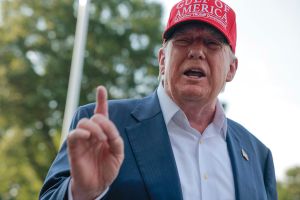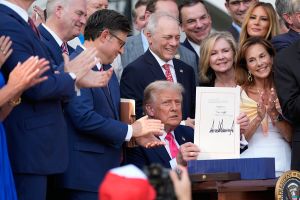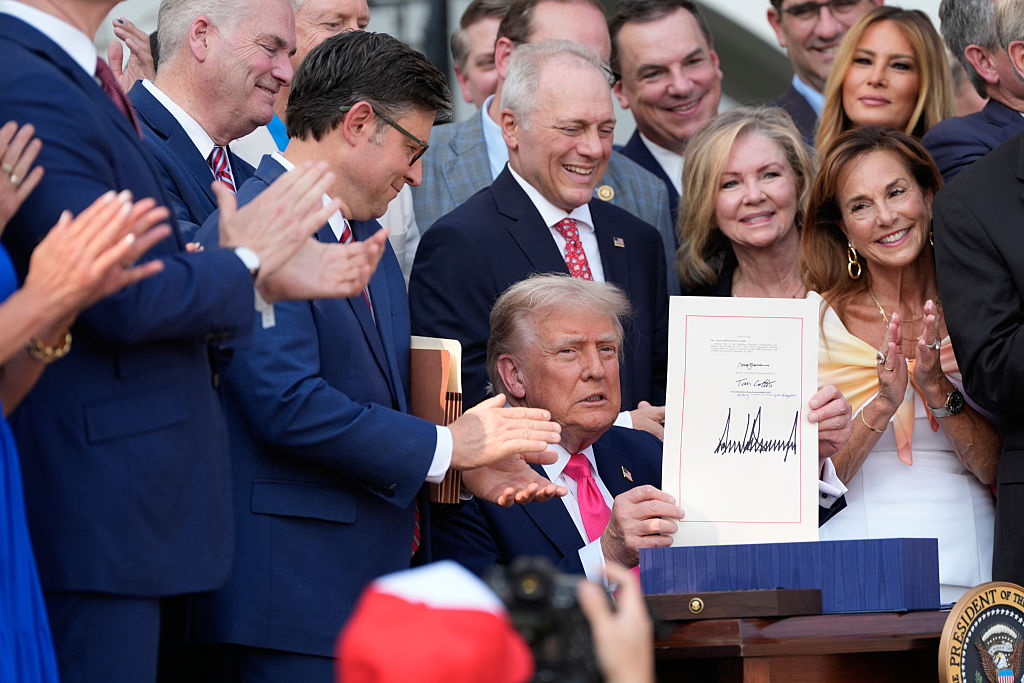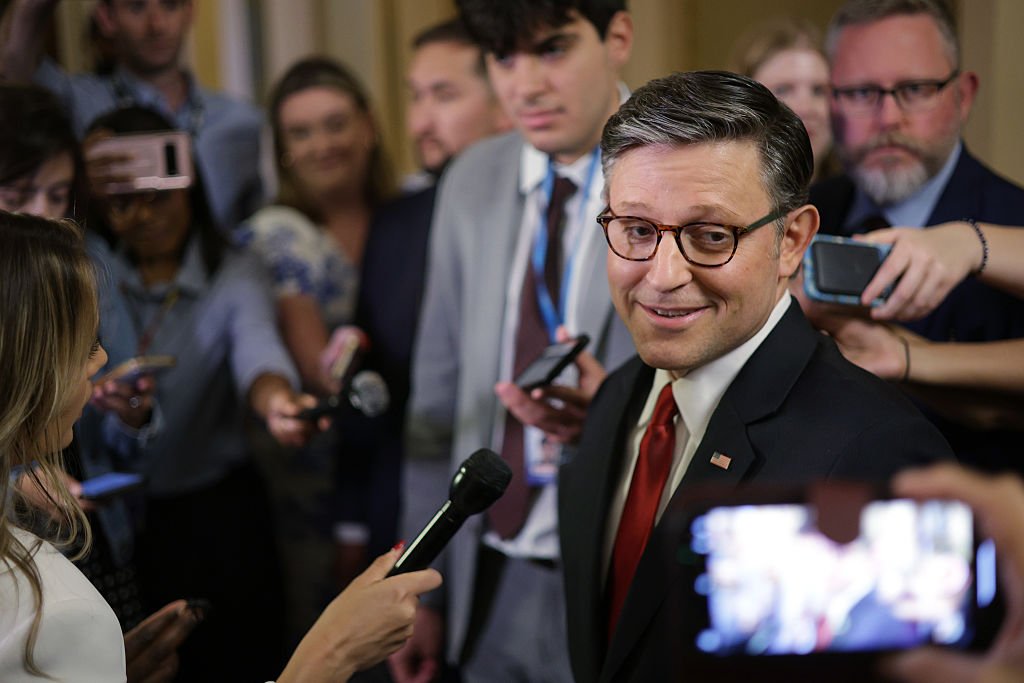When Donald Trump proffered advice to then-UK prime minister Theresa May in her Brexit negotiations, he told her to sue the EU. It might have seemed a laughable throwaway line; but suing is second nature to Trump. More than that, it’s a whole way of life.
Just to what extent the litigation is the man is comprehensively detailed in Plaintiff in Chief: a Portrait of Donald Trump in 3,500 Lawsuits. James D. Zirin, respected lawyer, legal commentator and broadcaster as well as a litigator himself in federal and US courts, delivers a fascinating insight into Trump’s legal history — exposing his motives and methods, psychology and morals. As Zirin puts it: ‘For Trump, litigation became a way of life, a tool to get attention, to bring his enemies to book, and to achieve strategic advantage.’ In short, he says, Trump weaponized the law. ‘He abused the process of a lawsuit, making it into something it was never intended to be — a way to win out against whoever he considered to be his adversary.’
Zirin, known for his previous book on the US Supreme Court, The Mother Court, was triggered by a personal animus to Trump’s approach to the law. The son of a lawyer, Zirin grew up with respect for the rule of law and the constitution. Describing his politics as ‘middle of the road Republican’, he found himself ‘astounded’ by Trump’s war on the courts and the judiciary and basic constitutional values. The implications of the Latter’s conduct over the years, the author concludes, would be ‘problematic’ in a businessman, but in a president, ‘are nothing less than terrifying.’
The author neatly collates categories of lawsuit across the years — from the early days when Trump, as he puts it, was ‘baptized’ in litigation to his use of the law in building his business empire; in his relationships with women to the protecting of his brand.
Key to his attitude was his early association with the late lawyer Roy Cohn, whose influence, says Zirin, was ‘profound’, although dealings with many other lawyers followed. What developed was an ‘attack dog’ approach to law which was the antithesis of most people’s approach — namely to avoid a lawsuit if at all possible. Zirin concludes: ‘Trump saw litigation as being only about winning. He sued at the drop of a hat. He sued for sport; he sued to achieve control; and he sued to make a point. He sued as a means of destroying or silencing those who crossed him. He became a plaintiff in chief.’ At the end of the day, the author believes, ‘he abused the process of the law.’
Many legal actions were settled or dropped or lost. That was not the point. The suit was a potent weapon to be used where needed. The statistics alone are astonishing: the 3,500 figure is probably an underestimate, Zirin says. And Trump himself is often also sued: at the time of the presidential campaign in 2016, Trump had been named as a defendant in more than 160 federal lawsuits — from race and sex discrimination, breach of trust, defamation and so on.
The book demonstrates through myriad examples that contact with Trump is likely to end in litigation, that a ‘lawsuit-freighted culture’ has dominated both his career and personal life. More relevant now, though, is that this was the building block for his approach to public office. He comes to the presidency with more experience of the legal system than perhaps all his presidential predecessors combined. And just as he has not stopped tweeting, he has not stopped litigating. Debate rages now over possible grounds for impeachment. But, Zirin notes, impeachment is not a legal process, but a political one. His administration may be a ‘legal battlefield’ that is ‘drowned in controversy’ but it will be the ballot box that decides the verdict of his ultimate legal contest.


























